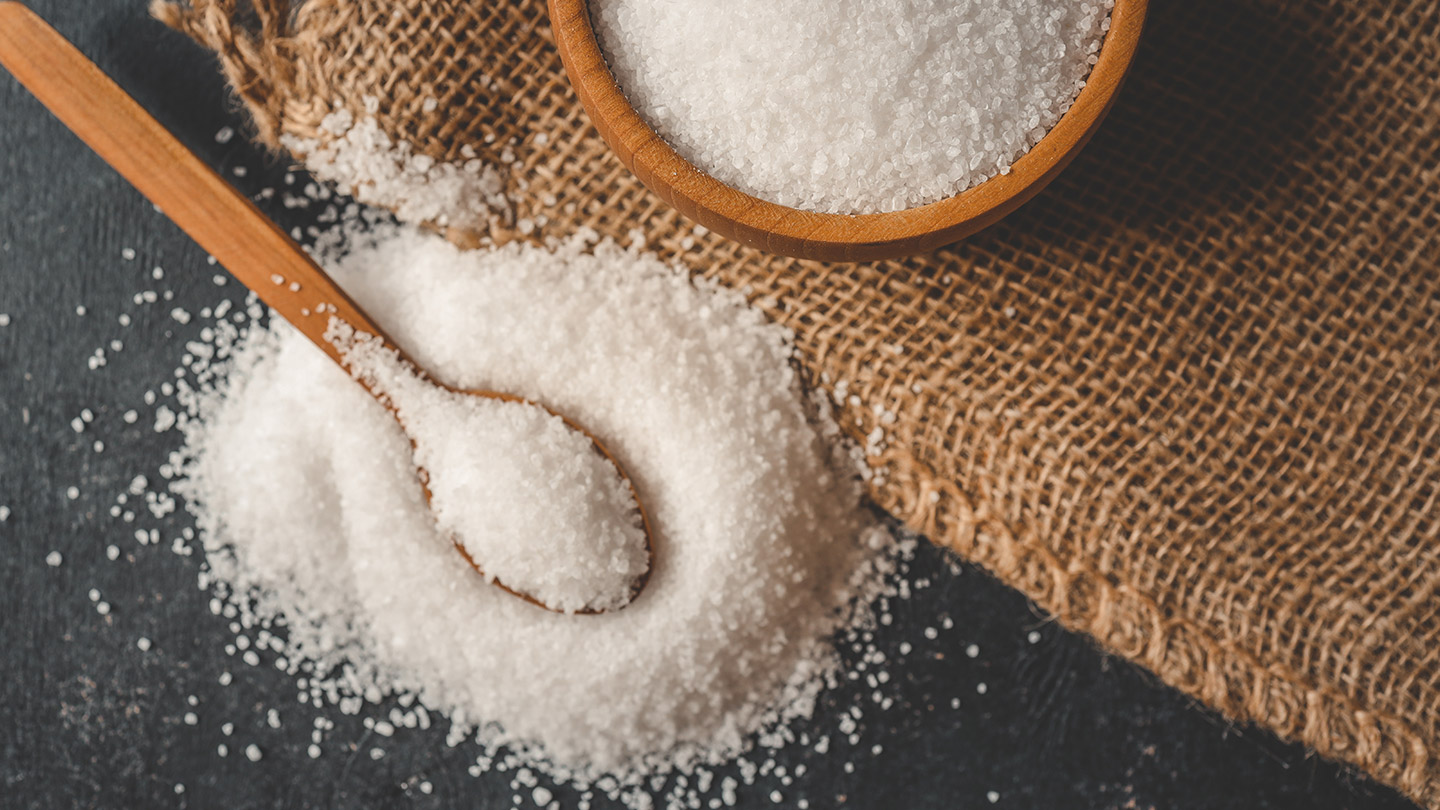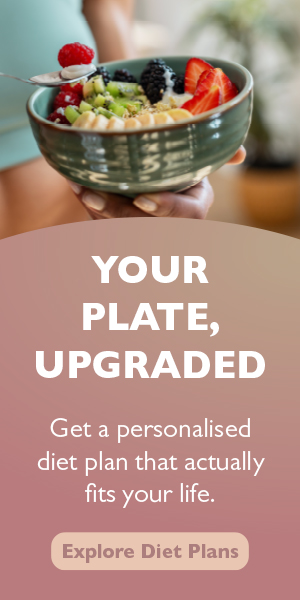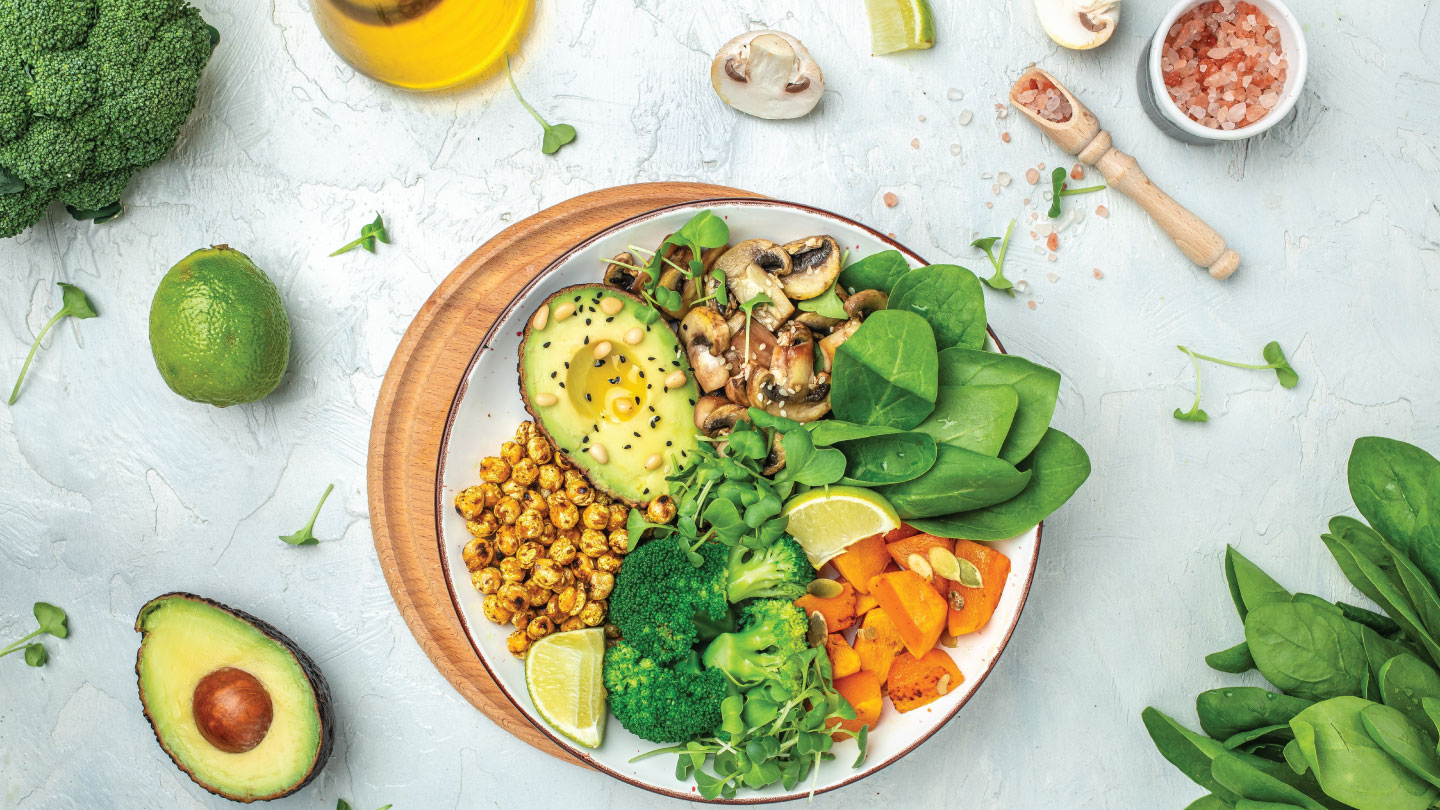Nutrition
A Pinch Too Much: How Salt Sneaks Up on Your Heart
It’s not just about cutting the chips and namkeen. Salt may be doing more behind the scenes than you think, especially to your heart. Here’ what too much salt might be silently doing inside.

The other day, I was standing in the kitchen watching my dad season the dal. “One more pinch of salt,” he said, tipping the salt jar just a little more. I raised an eyebrow. “You sure? That’s for the third time.” He laughed it off, but behind that joke lies a truth most of us ignore: salt is sneaky.
We don’t think twice about it. It’s in everything: our snacks, pickles, even that innocent bowl of poha. But did you know this everyday seasoning could be quietly wearing down your heart? Not with dramatic chest pain or shortness of breath at first, but slowly, over the years, through your blood pressure. So what exactly is salt doing behind the scenes, and how much is too much?
Related story: Is Salt Really Bad for You?
How Much is Too Much?
The World Health Organisation (WHO) recommends less than 5 grams of salt per day, that’s under a teaspoon. Yet globally, the average person consumes about 10.8 grams daily, more than double the safe limit (WHO, 2023). Most of this isn’t from adding salt on top; it’s hidden in processed foods: breads, sauces, pickles, instant noodles, and even biscuits. A single packet of instant noodles can contain nearly 2 grams of salt. That’s nearly half your daily limit, in just one snack.
So, What Does Salt Do to the Heart?
Excess salt makes the body retain water. That extra fluid increases the volume of blood your heart has to pump, raising blood pressure. Over time, high blood pressure (or hypertension) strains your arteries, enlarges your heart, and paves the path for heart attacks, strokes, and heart failure.
In a landmark study published in The New England Journal of Medicine (2021), researchers found that reducing salt intake by just 1 gram per day could prevent over 9 million cardiovascular events worldwide by 2030. Just one less gram a day could change millions of lives.
Related story: What to Eat for a Healthy Heart?
Why Is It So Hard to Quit Salt?
You might be thinking: “But I don’t add that much salt to my food!” True, but the real culprit is processed food. The UT Southwestern Med Blog (2019), states that, “Some people get 75 per cent of their daily salt from packaged foods and restaurant meals. It’s not about what you sprinkle. It’s about what you unknowingly swallow.” It’s also a fact that salt lights up the brain’s reward system, much like sugar and fat. It can be addictive. That craving for chips late at night? It’s more neurological than you’d think.
Related story: Most Asked Questions on Salt
What the Indian Numbers Say
In India, the Hypertension Guideline 2020 (Indian Council of Medical Research) reported that one in three adults has high blood pressure, often undiagnosed. High salt intake remains a leading dietary factor. A cross-sectional study in BMJ Open (2019) covering urban and rural populations across 6 Indian states revealed that average salt consumption ranged from 8.0 to 12.3 grams/day, significantly exceeding the WHO recommendation. So if you’re in India and eating out regularly, or even enjoying home-cooked pickles and papads, chances are, you’re overdoing it.
The Salt You Don’t See
You’re health-conscious. You skip chips, avoid fried snacks, and cook at home. But here’s your day:
- Breakfast: 2 slices of bread with butter (1.2g salt)
- Lunch: Aloo paratha with pickle( 2gsalt)
- Snack: Salted biscuits (1g salt)
- Dinner: Dal, rice, papad (2.5 g salt)
You just crossed 6.7 grams, without once touching the salt shaker.
Related story: 12 Heart-Healthy Foods to Add to Your Diet
What Can You Do?
You don’t need to go salt-free. You just need to be salt-aware.
- Read labels. Look for sodium (not just “salt) and aim for less than 400 mg per serving
- Cook more, pack less. Homemade meals + control over salt.
- Train your taste buds. Human has a tendency to adapt, so learn to train the buds to consume less salt.
- Use herbs, not salt. Think garlic, lemon juice, black pepper, jeera, or hing bring flavour without a sodium spike.
Heart disease rarely announces itself with fanfare. It’s quiet. Creeping. And often, salt is part of the slice. If your heart could talk, would it ask you to pass the shaker, or to put it down? It’s not about fear, it’s about awareness. A small tweak in how salty your plate looks today might just help your heart beat more easily tomorrow.
Related story: Improve Heart Health with This Breathing Exercise
Get instant access to personalised nutrition advice just for you. Sign up here.
EXPLORE MORE
If you’re on a GLP-1, your diet can make or break your health journey. Here’s your guide to avoid common pitfalls.
Bright, tangy, and naturally refreshing, this orange chutney offers a burst of citrusy sweetness with a gentle hint of spice. It’s the perfect accompaniment to elevate daily meals with freshness and depth.
What you eat matters, but how you pair it matters even more. Transform simple meals into nutrient powerhouses.
Fibremaxxing is everywhere on social media but is doubling down on fibre really the secret to better gut health, or can one overdo it?







.jpg)

.jpg)
